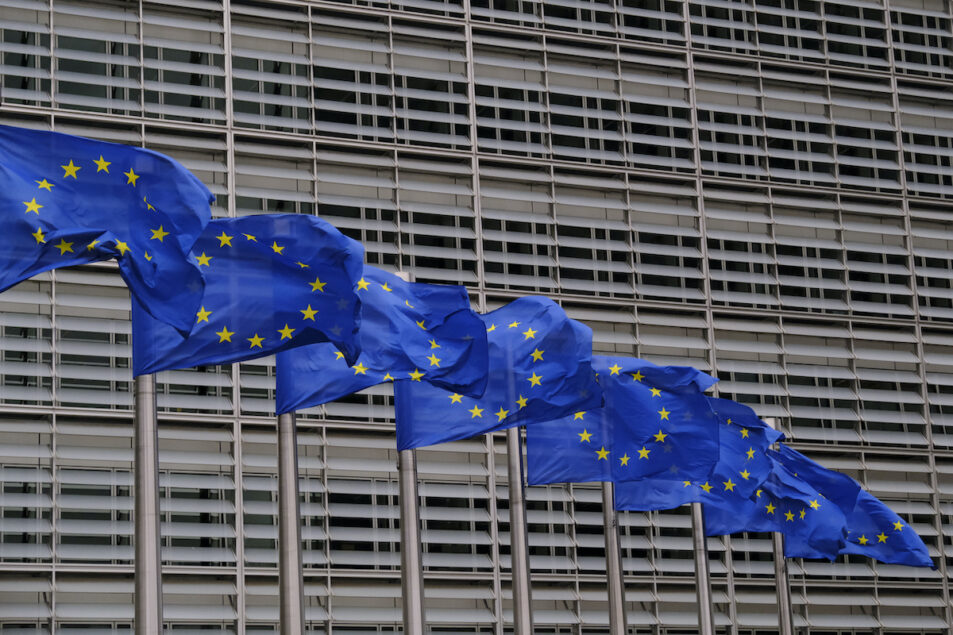
The European Union is on the verge of rolling out a reporting regulation that promises to have a huge impact on businesses selling into the region.
Dubbed the Digital Product Passport, or DPP, it will require sellers to divulge a substantial amount of information about an item’s composition, origin and lifecycle. Details will include a unique product identifier, user manual where applicable, safety instructions, and guidance on environmentally responsible disposal.
The DPP is a key part of the EU’s broader Ecodesign for Sustainable Products Regulations (ESPR), which officially entered into force in July of 2024 as part of the region’s stated desire to “accelerate the transition to a circular economy model.”
The regulation is designed to provide European consumers with extensive data about the provenance of the items they purchase, all the way back to the sourcing of raw materials.
The DPP “represents a significant advance in product transparency and sustainability,” according to an EU report published in September of 2024. “As the EU moves toward full adoption of this regulation, it will foster a more open and responsible marketplace.
“By integrating open data principles, the DPP will enhance both the visibility and integrity of product information, benefiting companies, consumers and the environment alike,” the EU’s message added.
Other users of the information will be retailers and their supply chains, as well as government authorities seeking to uphold export regulations, according to Megan Brewster, vice president of advanced technology with Impinj, a manufacturer of radio frequency identification devices.
That said, it will be some time before the DPP is required of multiple product categories. Brewster says the legislation is still in development, as EU regulators hash out the details of precisely what information will be required, where it will be made available to the public, and what form reporting standards will take.
The European Commission’s recently released ESPR Working Plan lay out an implementation timeline for the DPP. Under the category of finished goods, the first industry to be affected is textiles and apparel, with the DPP requirement to be adopted in 2027. That will be followed by tires in the same year, furniture in 2028, and mattresses in 2029. Under “intermediate” products, the first sectors to be impacted are iron and steel in 2026, and aluminum in 2027. Additional product categories, including detergent, paint, lubricants and chemicals, will likely come under the rule in 2030 or later.
“The EC has been working closely with different external experts to determine what are the relevant product categories and which should go first — the most likely to make the biggest impact in terms of getting the EU toward the goal of reducing climate emissions,” Brewster says.
Complying with the rule will be no easy task. Brewster notes that a recent survey by Impinj of retail supply chain professionals which found 49% concerned about their ability to meet the requirements, and 37% saying they don’t expect to meet the EU’s deadline. Among the sticking points is the difficulty of obtaining information about products through multiple tiers of the manufacturing supply chain, including acquisition of raw materials.
That, at least, is the EU’s “ultimate ambition,” according to Martin Balaam, chief executive officer of Pimberly, a vendor of software for product information management. Initially, he says, regulators will likely begin requiring origin data “from the first couple of layers down.”
Many manufacturers are already required to achieve some degree of supply chain transparency, to comply with various laws intended to protect workers’ rights and prohibit the use of conflict minerals. But the DPP takes that regulatory effort a step further, in its bid to encourage a “circular” economy. Beyond the promotion of ethical sourcing, it’s also about “how we can extend the life of products,” Balaam says.
In the EU, “a heck of a lot” of new fashion apparel goes straight to landfill at the end of its life, he says. Regulators are seeking “to put pressure on fashion brands to make sure they’ve got better inventory control in terms of not over-ordering.”
While the burdensome nature of the DPP requirement is undeniable, Brewster says “forward-looking” retailers will realize that “compliance is an opportunity to get ahead in the market.” By collecting and sharing the required information for a DPP, they can enable greater efficiencies within their supply chains, and stronger relationships with consumers.
Although full implementation of the DPP remains years in the future, companies need to begin acting now to fully understand the makeup of their multi-tier manufacturing supply chains, Balaam says.
“It’s all about the data,” he adds. “It’s talking to suppliers to understand what we already have, where are the gaps, and how we can fill them.”